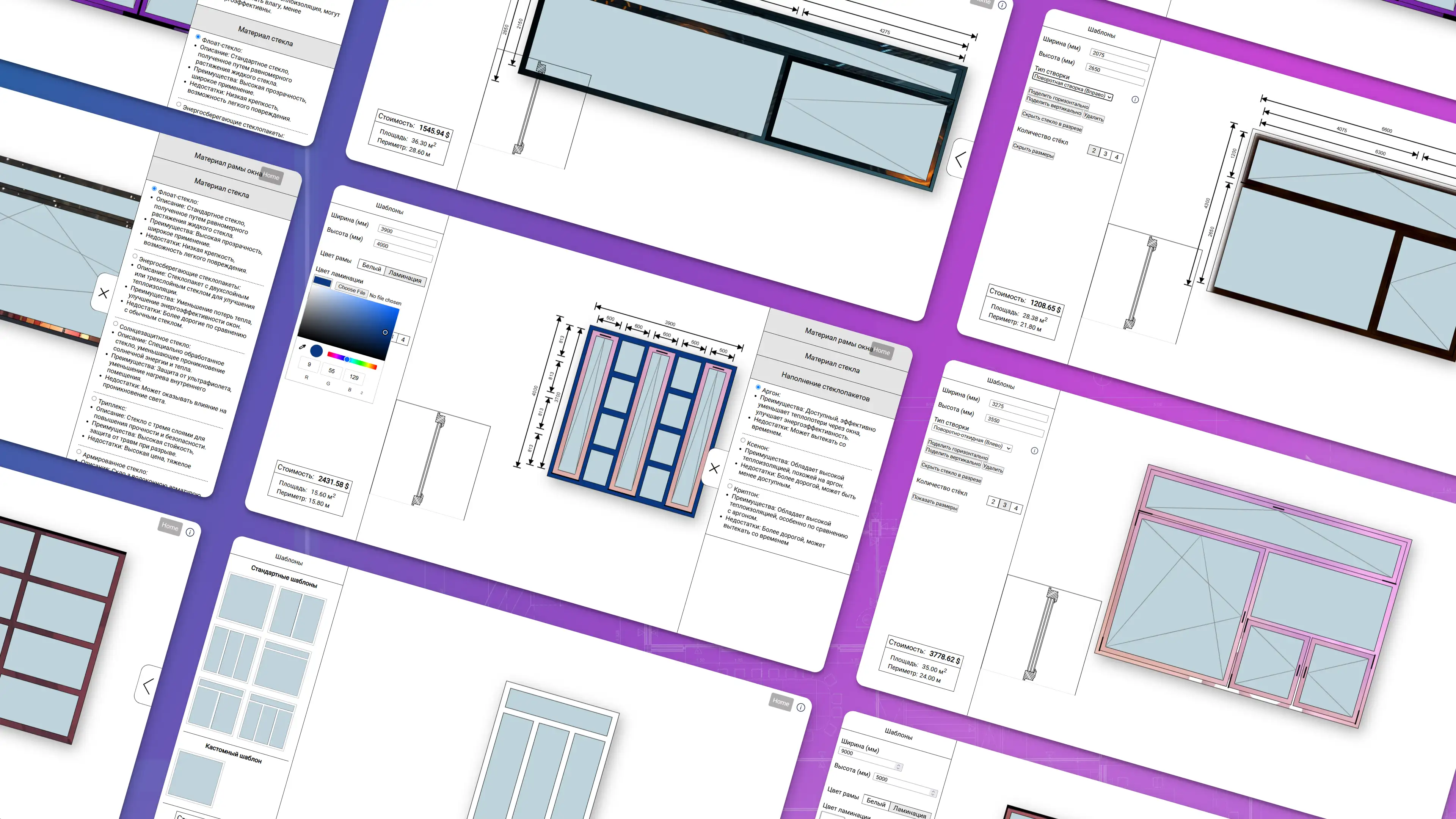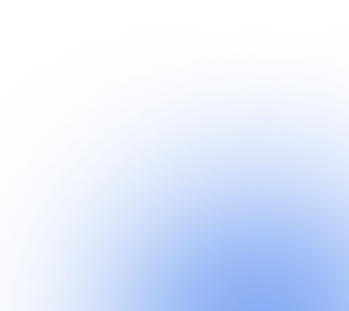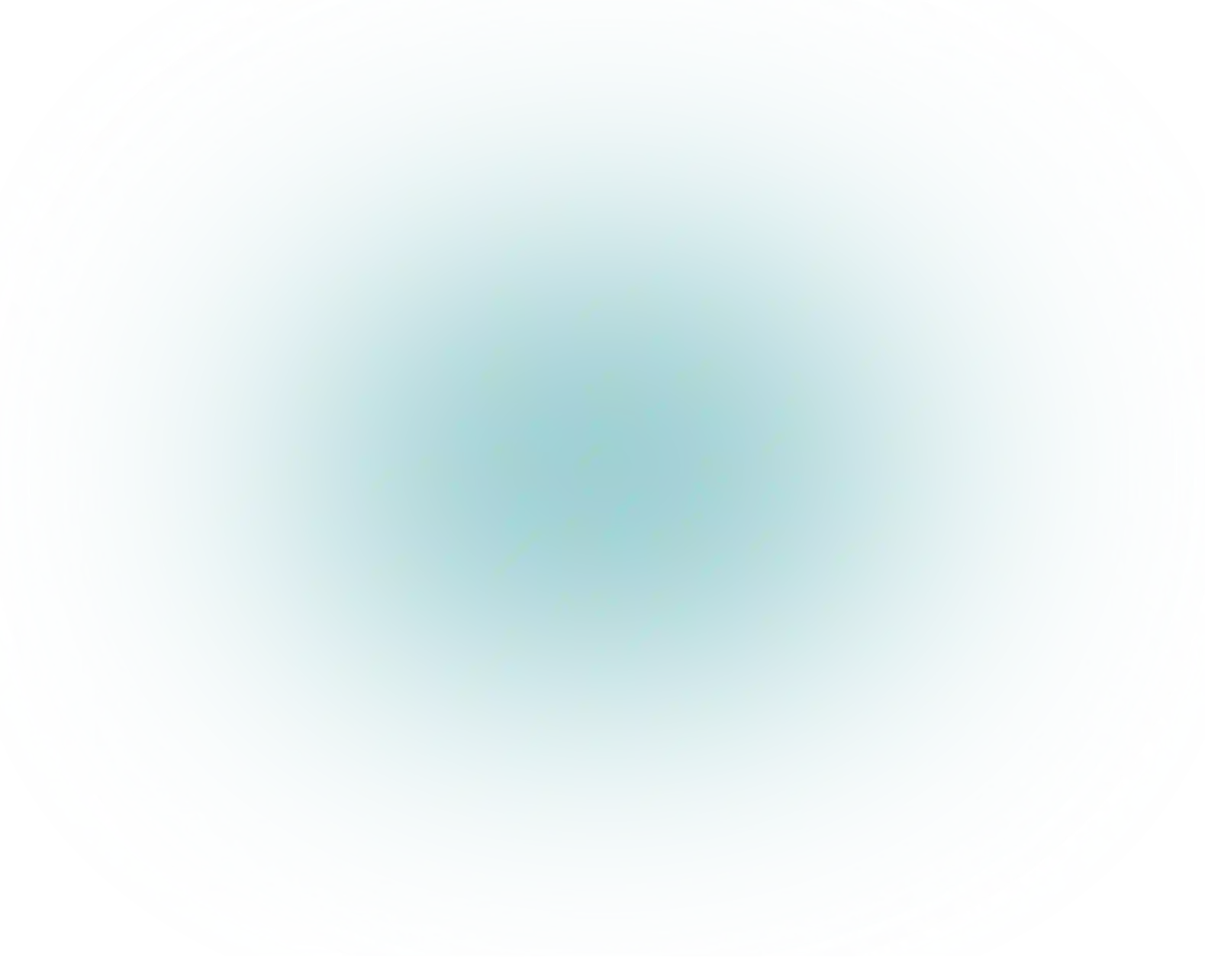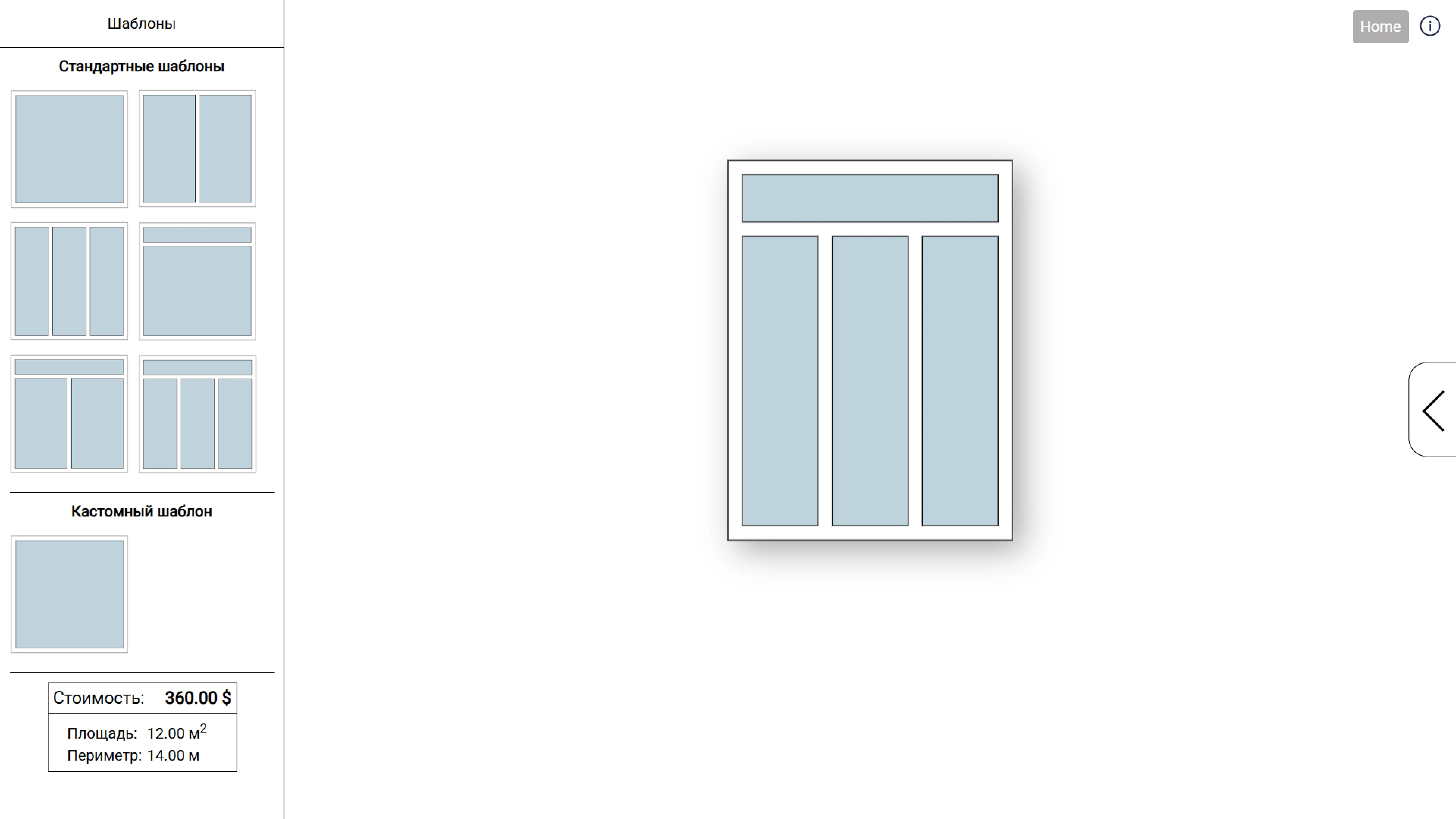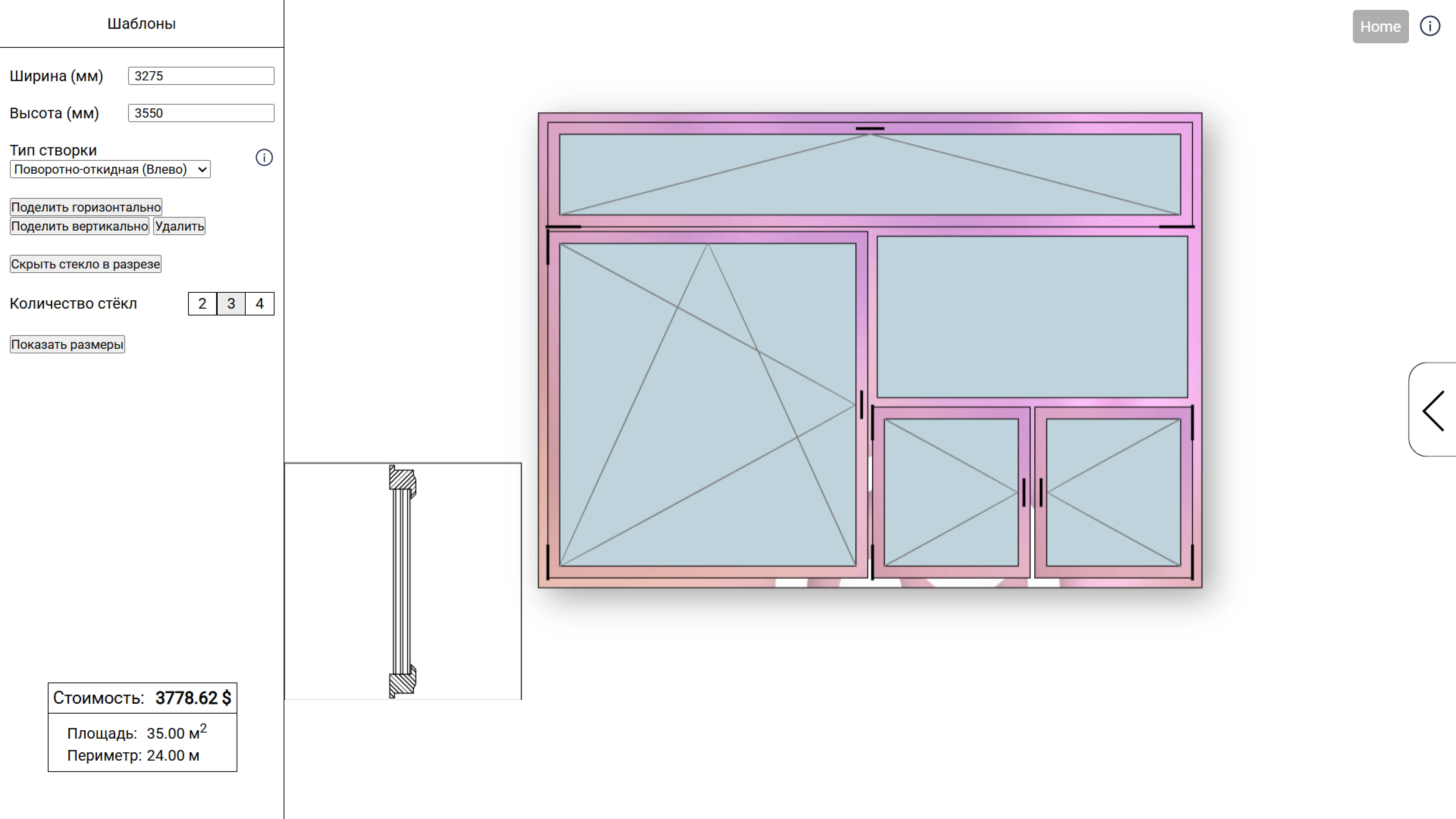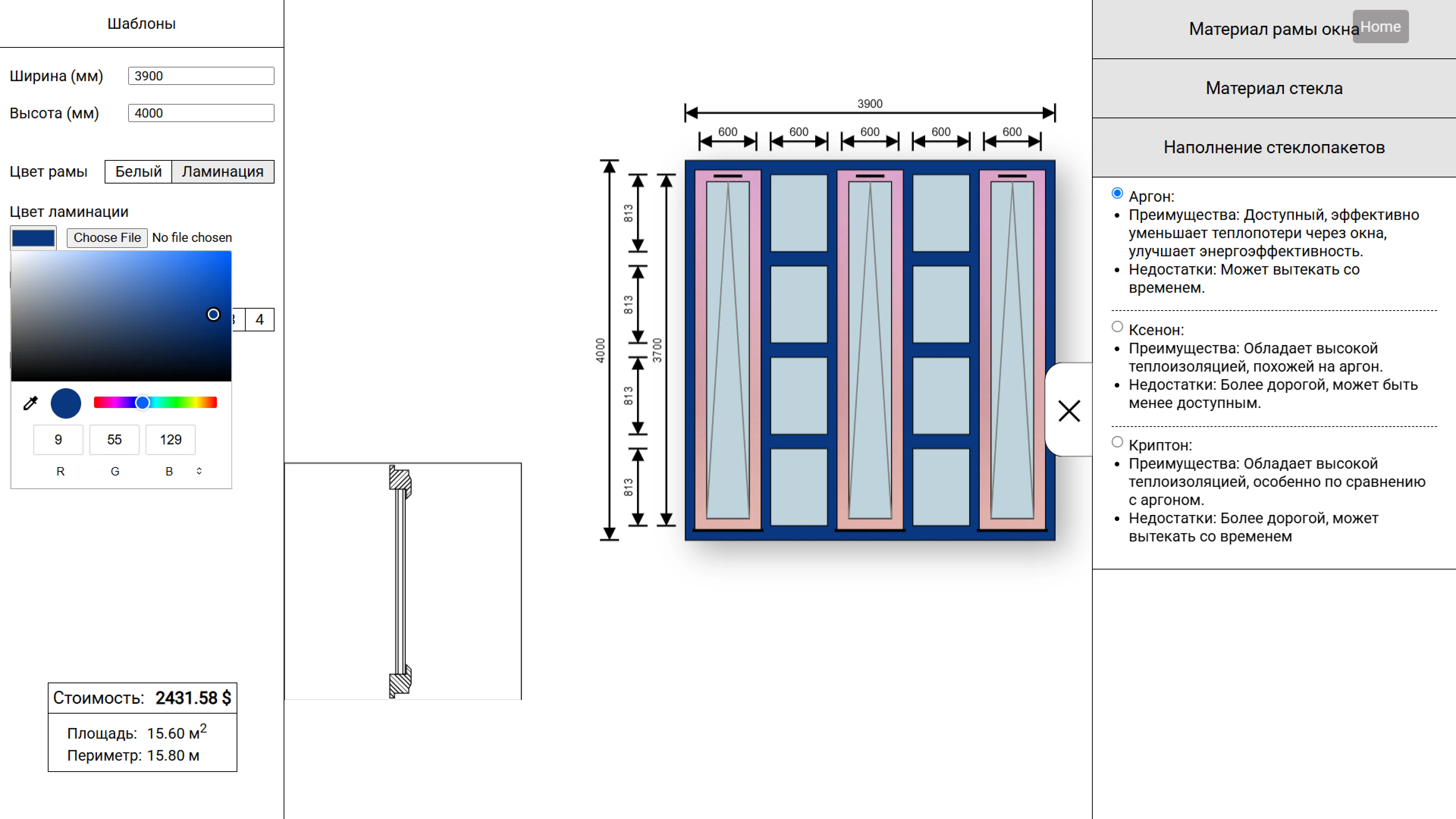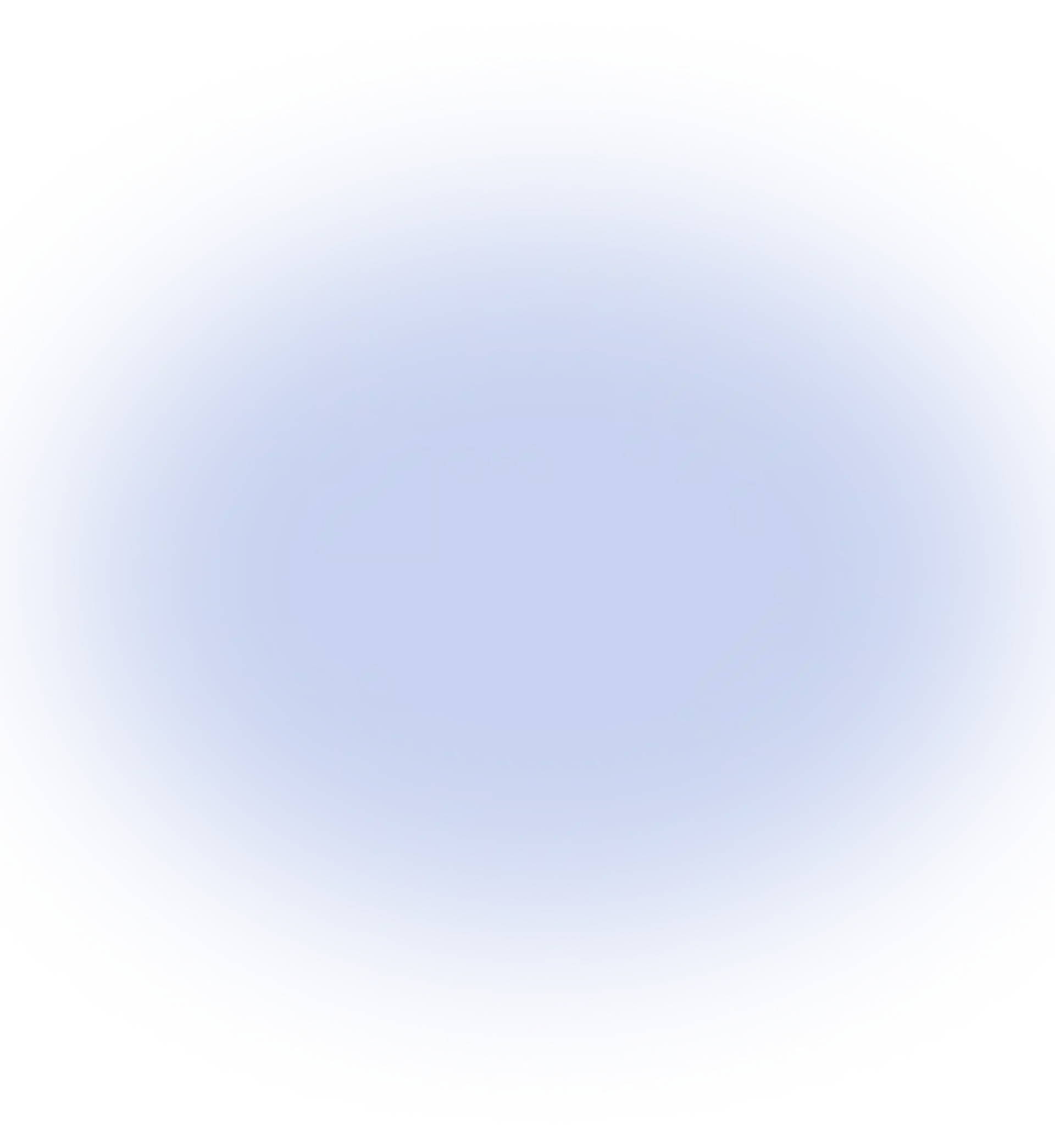


Manufacturers and suppliers of window structures face a common problem: it is important for customers to immediately see the result and understand the cost, and for managers to quickly process requests without errors. The traditional approach through catalogs or oral consultations does not allow to take into account all individual requirements, and managers have to manually make calculations and select materials for each order. This reduces the speed of service, increases the risk of errors and does not allow to improve the conversion in online sales.
To solve such problems, the AVADA MEDIA team has developed an interactive 2D online window configurator that turns the complex process of choosing and calculating the cost of a structure into a simple, visual and understandable experience. We invite you to learn more about our development - what functions the window design program performs and what it can give to business.




Development goals and application tasks
The creation of the online window designer pursued several important goals. First of all, it was to make the process of selecting and designing window systems convenient, transparent, and accessible for both end customers and company employees.
The mission of our application is to combine engineering precision and user-friendliness. The 2D configurator allows you to create individual solutions in real time, eliminating the need for complex calculations and long consultations.
Key tasks that the application solves:
- automation of preliminary calculations of area, perimeter and cost of window structures;
- visualization of the future product taking into account dimensions, color, lamination and type of double-glazed window;
- simplifying communication between the client and the manager at the stage of order formation;
- reducing the number of errors in calculations and data transmission;
- increasing the level of trust and customer engagement through an interactive interface and direct participation in order creation.
Thus, our online window designer has become not just a tool for selecting designs, but a full-fledged digital solution that helps businesses increase conversion and accelerate the sales process.
Overview of the 2D window configurator interface
The designer's user interface is designed to provide intuitive control and the most visual interaction with the product. The screen is divided into three functional zones, each of which is responsible for a specific stage of setup.
- On the left side of the panel are the main parameters for designing windows online: choosing the frame material, selecting the color or lamination, specifying the exact dimensions, and setting the type of double-glazed window.
- The central area contains the current state of the design, which instantly displays any adjustments made.
- A separate block on the right side is designed to specify additional parameters: choice of glass material, gas filling and other options that affect technical characteristics and final cost. For each option, its advantages and possible limitations are given, which helps the user to navigate better and saves managers from having to give additional explanations.
The configurator interface combines simplicity and functionality: tips make it possible to quickly understand the settings, visual indicators show the changes made, and high interactivity makes the design process convenient and exciting.
Features of the online window designer
Designing plastic windows online begins with choosing a template. The user has access to both standard versions of popular models and custom blanks that allow you to set individual design parameters.
- Size settings. The user can set the exact width and height values, and for clarity, enable the display of dimensions: the screen will show the dimensions of the entire structure and individual glass elements.
- Color and lamination. By default, the frame is displayed in white, but the system provides the ability to easily change the shade by selecting it from the standard palette. Additionally, you can apply a lamination effect - either from the proposed textures or by uploading your own image for more accurate visualization.
- Setting up a double-glazed window. The online plastic window designer supports working with different types of structures, depending on the number of chambers. The option for demonstrating glass in a section allows you to clearly see the internal structure of the package. When changing the number of glass, the visualization is automatically updated and the cost is adjusted.
- Automatic calculations. The system calculates the area, perimeter and approximate cost of the window in real time. All values are updated automatically when any parameter is changed, which makes the process as accurate and fast as possible.
- Setting the sashes. By clicking on the desired section, the user opens a menu to select the type of opening: pivot, tilt, or combined. The selected option is immediately displayed in the diagram and also affects the final price of the order.
If ready-made options are not suitable, it is possible to create a custom template and work with it: independently divide the window into sections, add sashes and form a unique design with a certain energy efficiency or sound insulation class.
Thus, the configurator allows you to flexibly configure the plastic window scheme with all key parameters, maintaining a balance between the accuracy of the parameters and convenience for the end user.
In addition to the basic functions, the tool is easily scalable and can be enhanced with additional features. For example, you can implement an AI agent that will help visitors choose the optimal configuration, give recommendations on materials and cost, or integrate a system for automatic calculation of discounts and promotions. Custom modules for data analysis, integration with CRM/ERP and other business platforms are also possible.
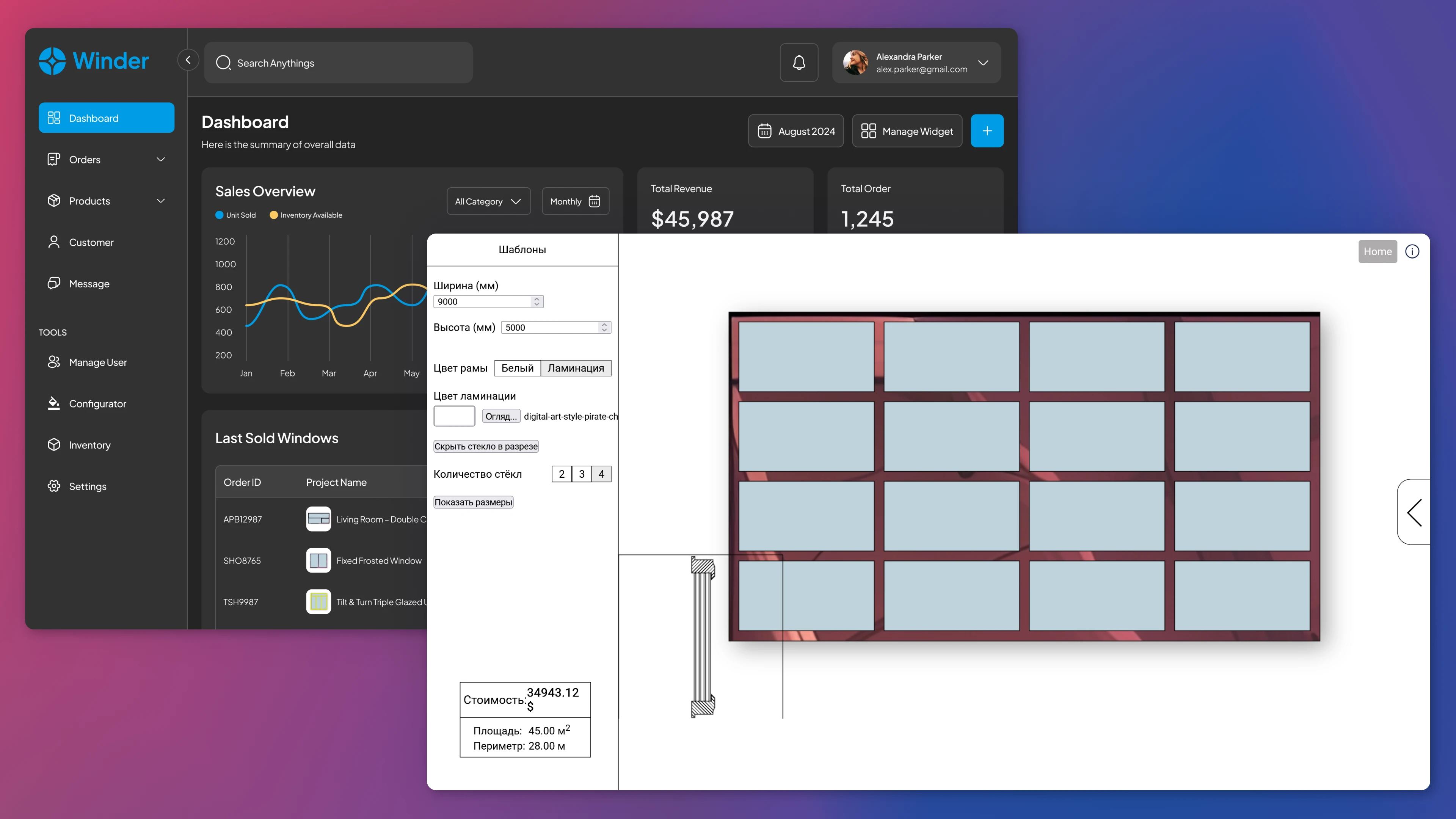
Creation process and technology
The window configurator is created in web format, does not require installation and loads quickly on any device. Learn more about the advantages of web applications >> .
The development of the configurator began with an analysis of the requirements of the window business and user needs. UX/UI designers designed an interface that meets real usage scenarios and worked out the interaction logic. Developers implemented a high-performance interface based on HTML, CSS (SCSS) and JavaScript. HTML5 Canvas and Konva.js were used for 2D graphics, which ensured accurate display of all elements and interactive visualization. Special attention was paid to testing and optimization: the plastic window configurator interface was tested on various devices and browsers. We ensured stability, adaptability and high performance in any usage scenarios.
Options for using the 2D window configurator
The program for designing plastic windows is designed as a flexible tool that can be used in various business scenarios:
- Integration with CRM and ERP for automatic transfer of data on selected parameters, cost calculation and subsequent order formation - reduces request processing time and reduces the risk of errors.
- On corporate and presentation websites with an online window designer, visitors can independently create individual window configurations and immediately receive cost calculations.
The tool can also be used in isolation – for example, at field meetings, in showrooms or at exhibitions, providing customers with a full interactive product demonstration on a working tablet without connecting to the main platform.
Project results
We have created a unique and useful solution for the window market that works effectively in both B2B and B2C segments. Our program for building PVC windows reduces decision-making time for potential customers, minimizes errors when placing orders, and simplifies interaction with customers and between departments. The ability to flexibly integrate into various platforms and business systems optimizes processes and strengthens the company's position in the market. The online window designer is completely ready to use, but we can also refine the current functionality for your tasks or create custom 2D and 3D configurators from scratch, taking into account the specifics of your business, work scenarios, and customer needs.
